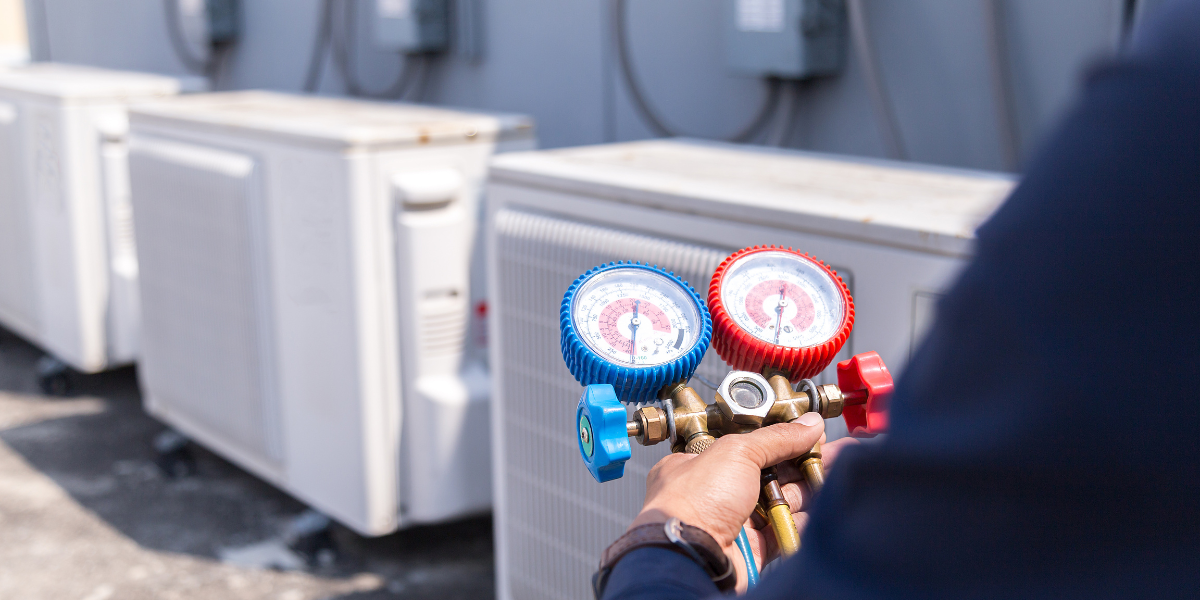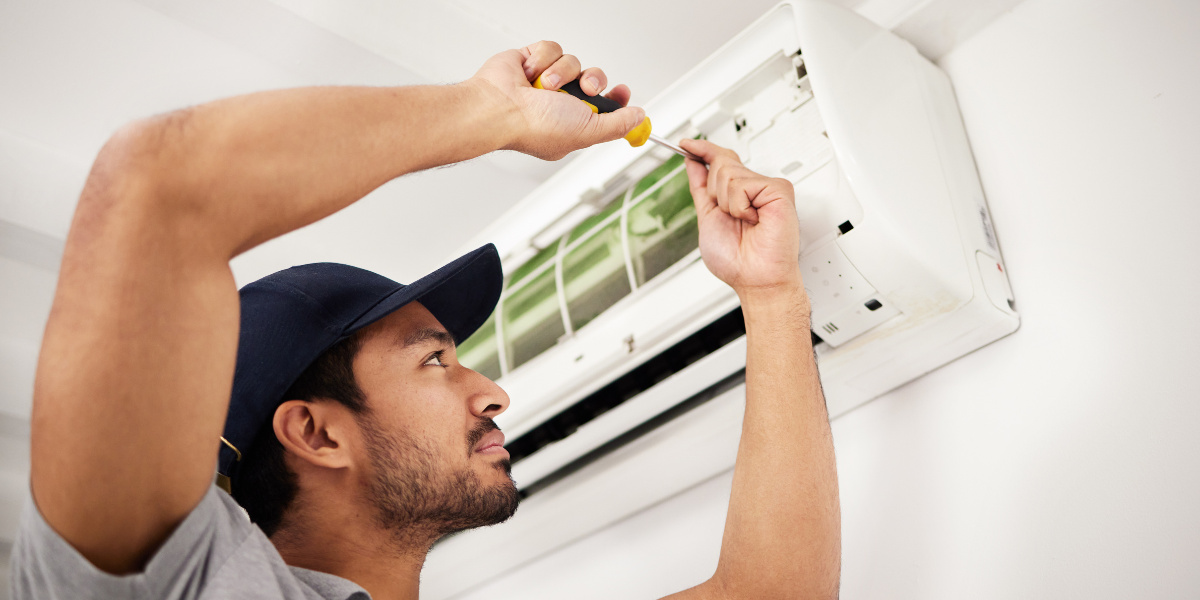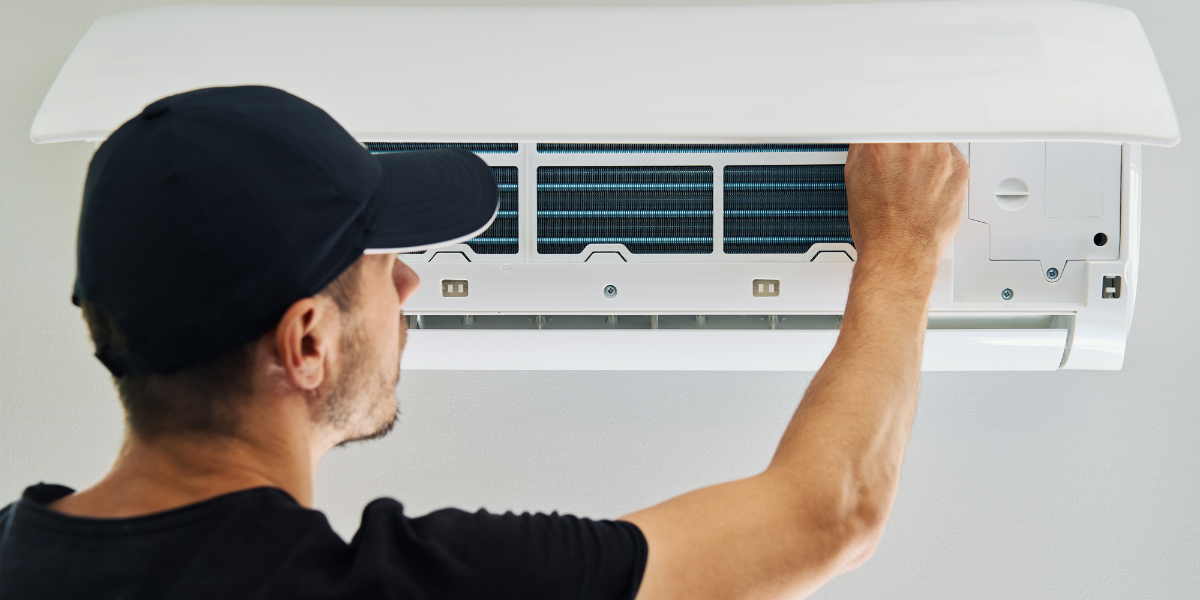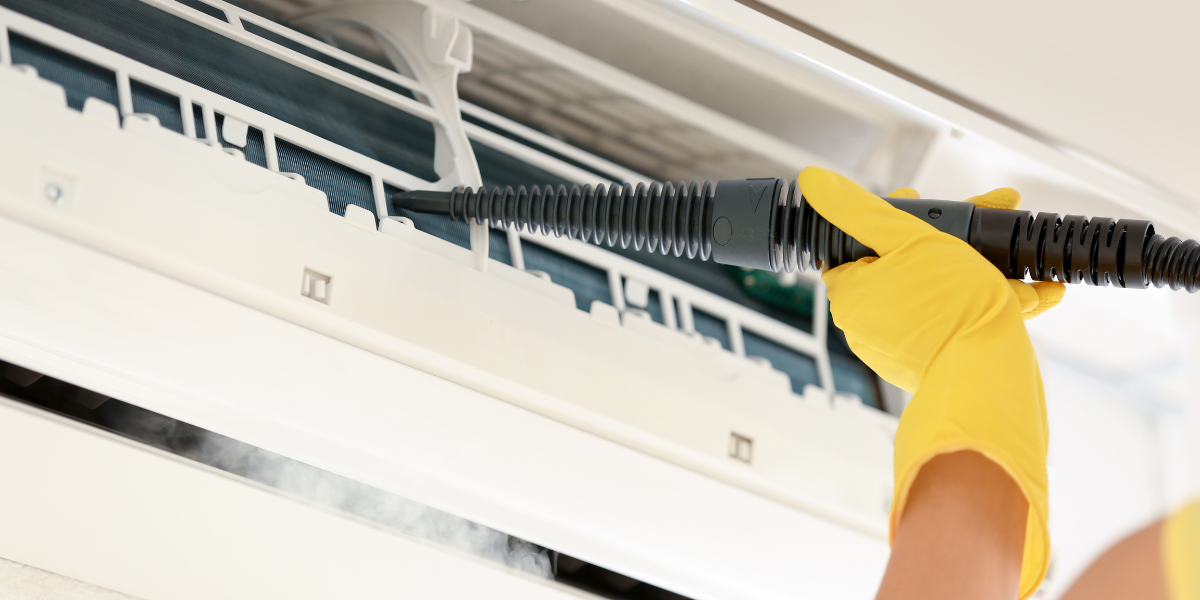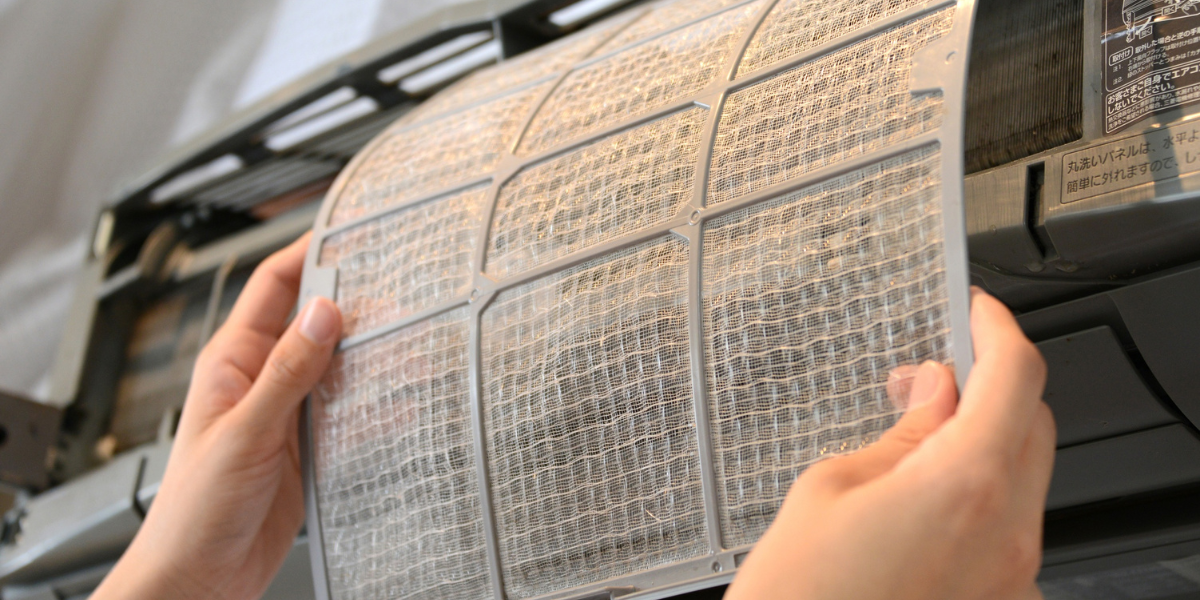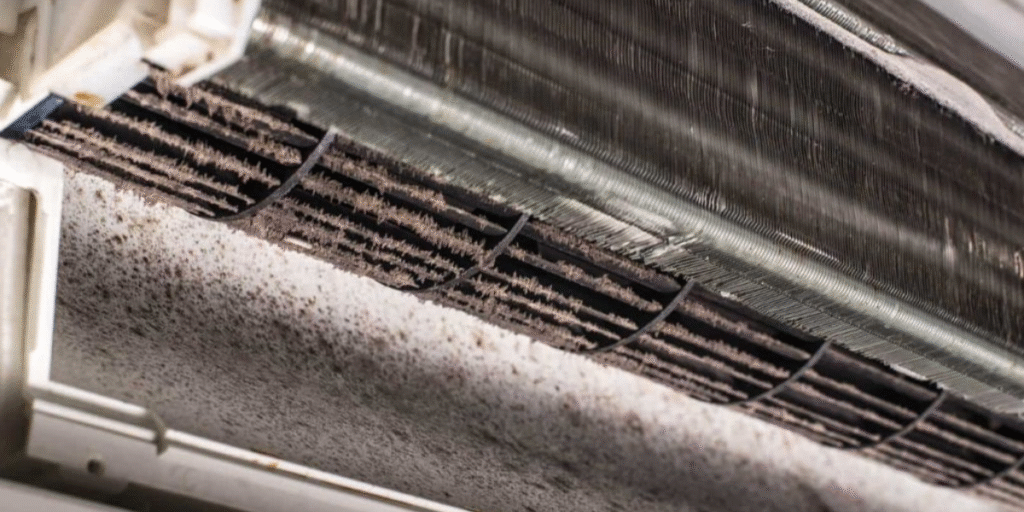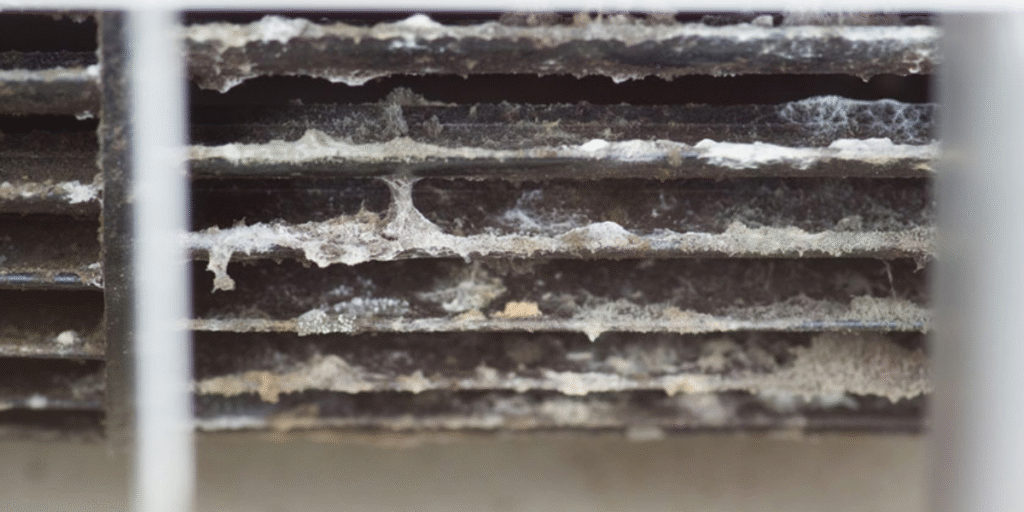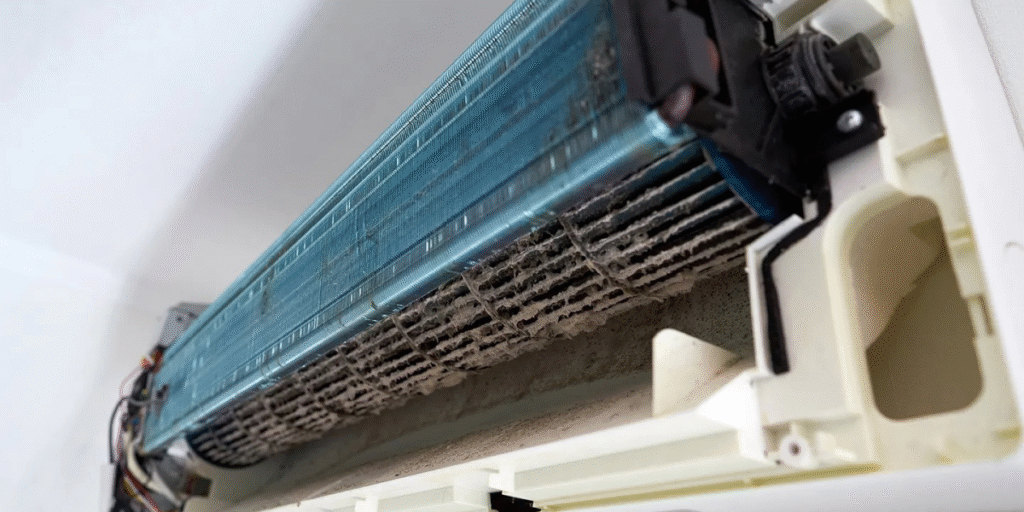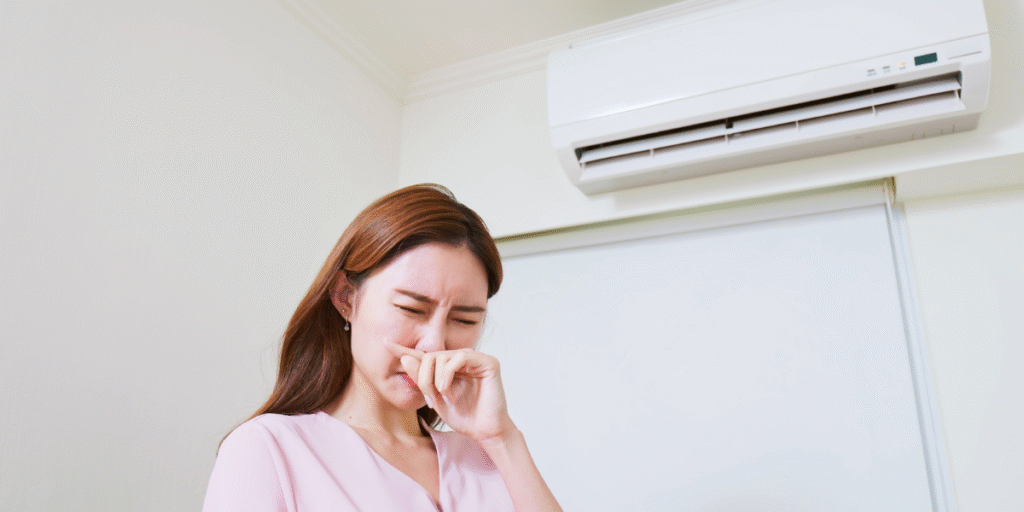When exam time arrives, heat can silently decide who succeeds. Studies show that as classroom temperatures rise, test scores fall and not equally. Students from lower-income families and those already struggling academically lose the most ground. But one simple intervention changes that story: air conditioning. Recent research proves that cool classrooms close learning gaps, helping all students – especially those most vulnerable – perform fairly during exams. That’s why DEEPCHILL, your trusted air conditioning Gold Coast expert, works with schools to ensure that cool classrooms close learning gap – giving every student the chance to perform at their best.
Table of contents
How heat creates unequal results
Extreme heat affects students unevenly.
A landmark study by Mika Akesaka and Hitoshi Shigeoka (2025) analysed nationwide exam data from 22.8 million Japanese students. The results were clear:
- For every additional day above 34°C, test scores dropped.
- Students in the lowest academic group lost three times more points than top performers.
- In schools without air conditioning, each hot day reduced scores by 0.56 % on average – but in air-conditioned schools, the drop shrank to 0.15 %.
In short, heat magnifies inequality. It drains focus, weakens memory, and worsens exam anxiety – all of which hit disadvantaged students hardest.
Why low-achieving students suffer more
- Less resilience to stress – Students already under academic pressure are more affected by physical discomfort.
- Home disadvantage – Many lack cool study environments at home, compounding fatigue before exams.
- Fewer resources for recovery – Wealthier families can offset stress through tutoring or health support; others cannot.
This is why classroom conditions matter most during exam periods, they’re the one variable schools can control to level the field.

Air conditioning as the equaliser
The same study found that installing AC in classrooms mitigated 73% of heat-related score loss.
When air conditioning kept exam rooms within the 22–25 °C range, learning outcomes became more consistent across performance levels.
In essence, cool classrooms close learning gap because they neutralise the impact of climate and income on academic performance.
It gives every student, regardless of background, the clarity, stamina, and confidence to show their true ability during exams.
Lessons for Gold Coast schools
Gold Coast high schools face long summers and humidity that can spike inside exam halls. During those crucial end-of-term assessments, even a few degrees of extra heat can mean the difference between a pass and a fail.
That’s where DEEPCHILL helps. With over 40 years of experience, we design, install, and maintain air conditioning systems that keep exam rooms stable, quiet, and reliable when results matter most.
Our services include:
- HydroClean deep cleaning to remove mould and bacteria that restrict airflow.
- Preventative maintenance before exam season to ensure no breakdowns mid-test.
- Energy-efficient designs for large exam halls and multi-room campuses.
Because for schools, investing in AC isn’t just about comfort – it’s about fairness and academic integrity.
Conclusion
Heat widens inequality. Air conditioning narrows it.
By maintaining ideal classroom temperature, schools can boost student focus, improve exam results, and give every learner an equal chance to succeed.
This exam season, ensure your classrooms stay cool, fair, and high-performing with DEEPCHILL – your trusted air conditioning Gold Coast partner.
Because when learning environments are equal, cool classrooms truly close the learning gap.

